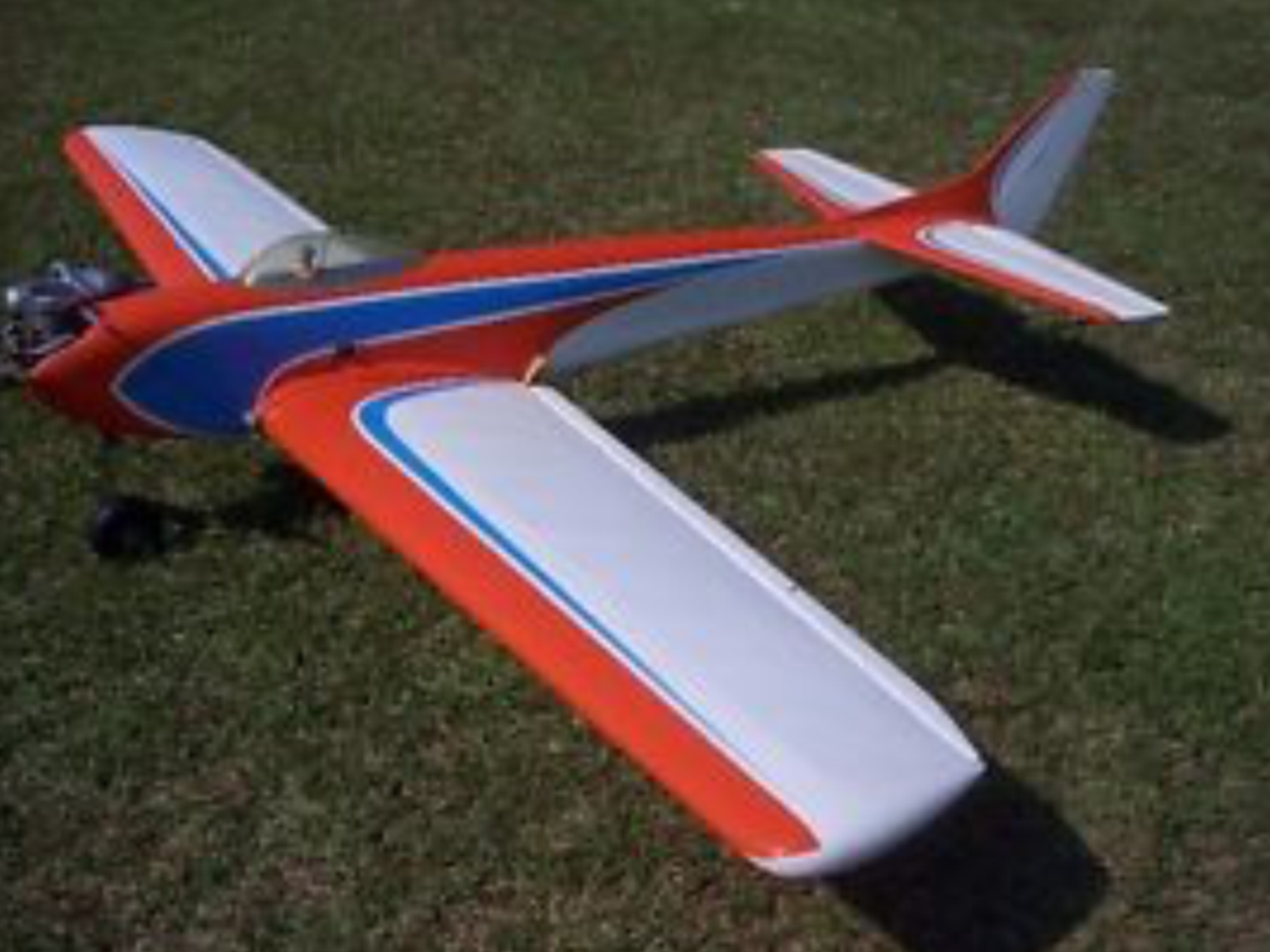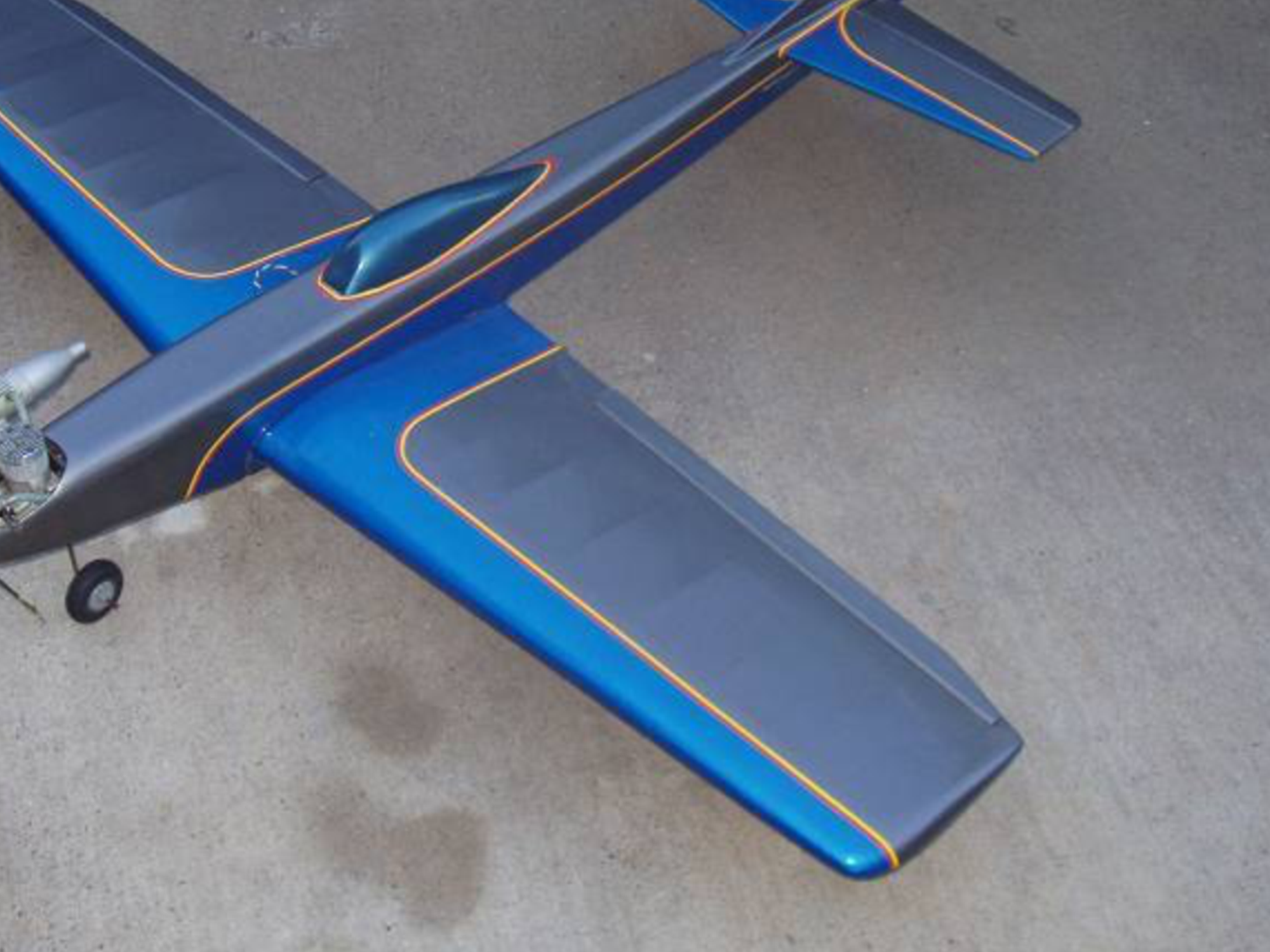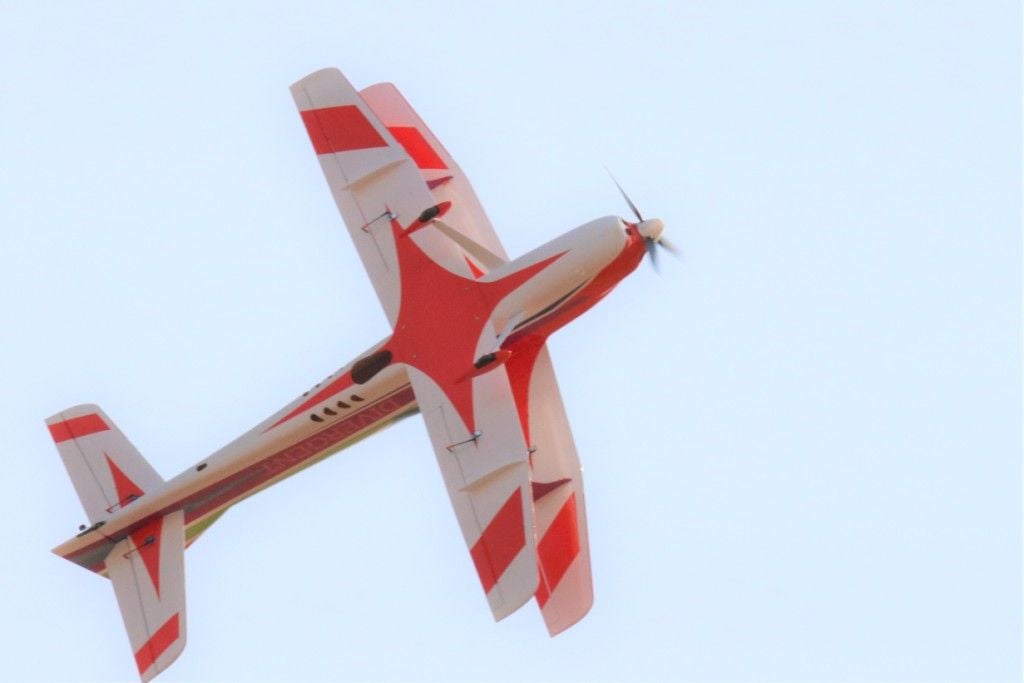Airfoil Question Heinkel 46
#1
Ok I am not sure weather to post my question here or in the Scratch building forum, but I'll start here. I want to do a Heinkel 46 just because I like the looks of it. So I scaled up a plan to the size I wanted and drew in a new rib between each of the existing ribs. Normally as the ribs get longer the rib gets thicker. Except on the Heinkel all the pictures and all my documentation shows the wing as having the same thickness from the root to tip.So I used Profili to generate some rib templates. And I chose a 2412 airfoil because I have used it before. I numbered each wing rib from 1 to 22, I don't know if the numbers show up or not. I was planning to use the sandwich method to sand the ribs to shape
So ribs 1 to 10 are all the same length as is rib 22. You can see the trailing edge get thicker as the ribs get shorter. Rib 12 is the longest therefore the thickest. The Profilli program will let me thin down and rib to a desired thickness. If I thin it to match the thickness of ribs 1-10 it will no longer have the 2412 airfoil. I'd planned to sandwich all the ribs from # 12-22
So my question is does that matter and will the wing care, or will it just fly normally?
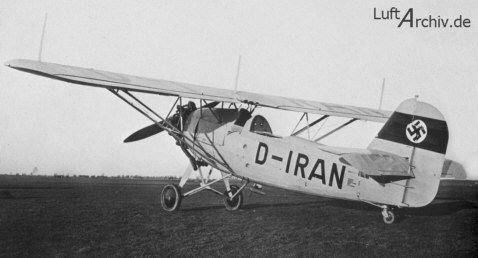
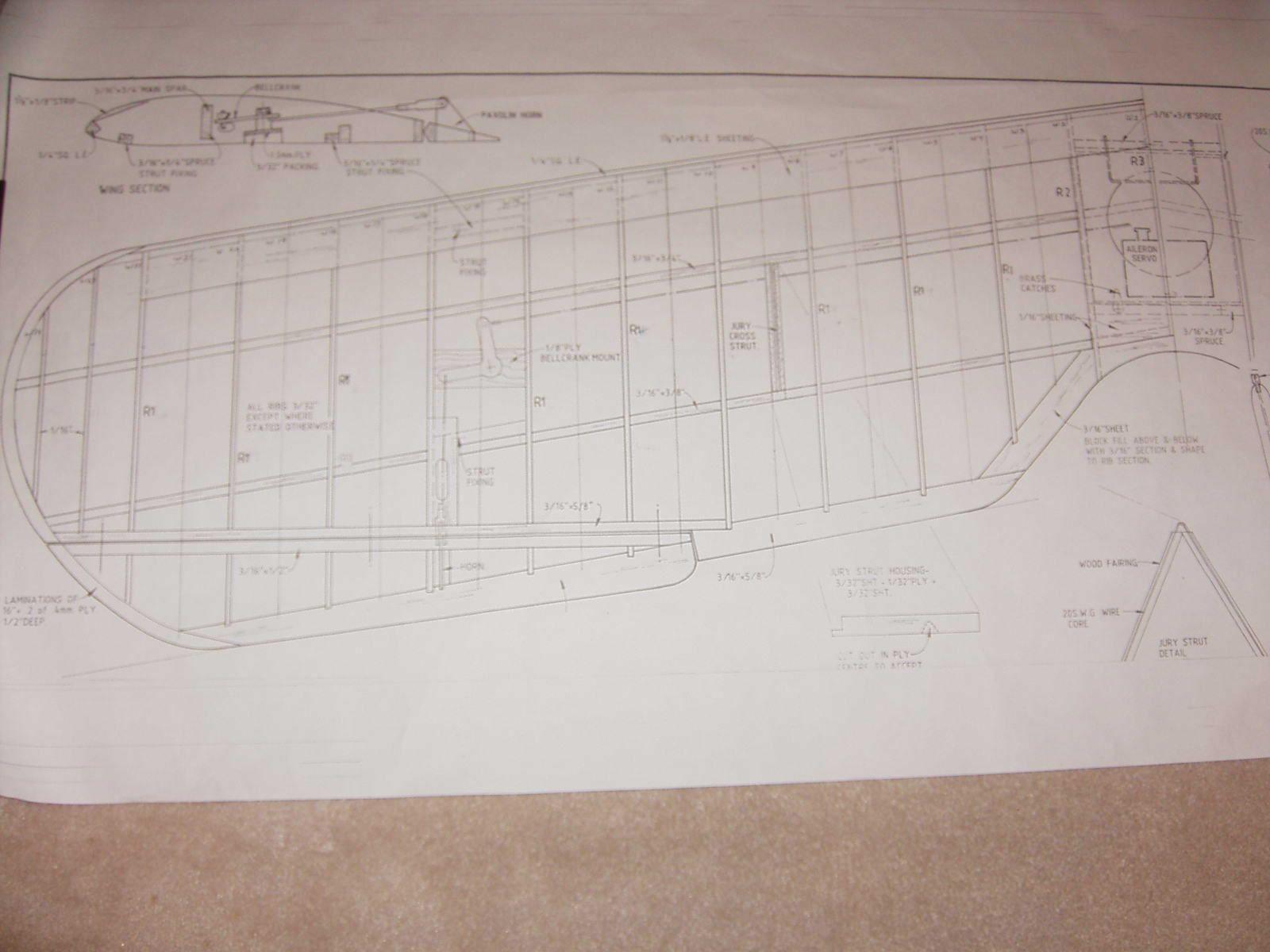
So ribs 1 to 10 are all the same length as is rib 22. You can see the trailing edge get thicker as the ribs get shorter. Rib 12 is the longest therefore the thickest. The Profilli program will let me thin down and rib to a desired thickness. If I thin it to match the thickness of ribs 1-10 it will no longer have the 2412 airfoil. I'd planned to sandwich all the ribs from # 12-22
So my question is does that matter and will the wing care, or will it just fly normally?


#2

My Feedback: (20)
I did not totally follow your description of the ribs changing thickness, but I suspect the wing will fly just fine. I designed an Aichi "Val" with a 23xx airfoil and used the tools my CAD program to modify the airfoil to form the elliptical outline and to have the thickness at the spar taper in a straight line. Hence the 2315 at the root was distorted at each of the other rib stations. The plane flew great.
Chuck
Chuck

#3

I understand your question and what I see sis that the ribs maintain profile, but because the aileron hinge line is skewed to the center line of the wing, the hinge line gets thicker vertically, as it heads towards the wing tip because the inner most point on the hinge line is situated where the airfoil is the thinnest ,...at the trailing edge and the outer most point of the hinge line is situated further forward in the airfoil, where the airfoil profile is thicker. the only way to eliminate this geometry, is the make the wing taper vertically from the inner most hinge point to the outer most hinge point this will produce a hinge line height that will be parallel but will result in an aileron that goes from following the airfoil profile at the inner most point to being almost a flat barn door type aileron at the outer most point. maybe not the best for lift or tip stall.
#5

I would build it per plan as well,...but I would also want to know what would happen if I built the ailerons on a hingeline parallel to the chord centers resulting in an aileron that is more or less conventional in shape.
my observation is that a parallel to wing trailing edge hinge line would deflect air out across the trailing edge of the wing to the outside of the ailerons spoiling lift over that portion of the wing that should still be producing lift in a bank, hence the right angle hinge line, that at least keeps airflow somewhat more lineal to flight path and lets the rest of the wing produce lift as it should..
then the question arises ,..."would the differential then be necessary if the hinge line was parallel to the trailing edge (?)..... or is it actually necessary as designed as shown (?).
I guess I just don't see the necessity of differential ........
#6

My Feedback: (29)
Alright, now that I am home after 9 hours of driving. To answer your question the best I can I will have to go to the beginning of why differential is used and what it fixes. You may be aware of some or all of this so please bear with me as I think this will be good info for others as well.
Differential and tip stalls. We know that a " tip stall " is nothing more then a wing that stalls but having the tips stall before the inboard section of the wing. This is a situation that we just never want. Stalls are created when the AOA of the wing gets increased to the point of air separation. Having ailerons with more cord at the tip then the root, when aileron input is applied will have the tip effectively at a higher AOA then the inboard part of the aileron. This can promote the tip to stall especially if flying slowly or if the wing is already at a high AOA such as a steep turn. Aileron differential would reduce the aileron movement in the down position thus helping to not exceed the critical AOA. Since the 1960's it has been common practice on pattern airplanes to reduce the aileron cord at the tip. Benefits of this hold true with any airplane.
Other benefits of differential. Scale airplanes such as the subject model or a Cub type airplane with long wings and barn door ailerons will suffer from adverse yaw when aileron is applied without differential. This is because the downward aileron creates more drag then the upward moving aileron. The downward is creating lift and lift is drag. By reducing the downward travel you are able to balance the drag between the two and eliminate the adverse yaw. If you go even farther you can introduce pro verse yaw which can help with coordinated turns.
When it comes to our aerobatic models we use differential to eliminate adverse yaw but that balance not only balances drag at each tip but it also balances lift lost and lift gained between the sides to eliminate a slight pitch up.
Differential and tip stalls. We know that a " tip stall " is nothing more then a wing that stalls but having the tips stall before the inboard section of the wing. This is a situation that we just never want. Stalls are created when the AOA of the wing gets increased to the point of air separation. Having ailerons with more cord at the tip then the root, when aileron input is applied will have the tip effectively at a higher AOA then the inboard part of the aileron. This can promote the tip to stall especially if flying slowly or if the wing is already at a high AOA such as a steep turn. Aileron differential would reduce the aileron movement in the down position thus helping to not exceed the critical AOA. Since the 1960's it has been common practice on pattern airplanes to reduce the aileron cord at the tip. Benefits of this hold true with any airplane.
Other benefits of differential. Scale airplanes such as the subject model or a Cub type airplane with long wings and barn door ailerons will suffer from adverse yaw when aileron is applied without differential. This is because the downward aileron creates more drag then the upward moving aileron. The downward is creating lift and lift is drag. By reducing the downward travel you are able to balance the drag between the two and eliminate the adverse yaw. If you go even farther you can introduce pro verse yaw which can help with coordinated turns.
When it comes to our aerobatic models we use differential to eliminate adverse yaw but that balance not only balances drag at each tip but it also balances lift lost and lift gained between the sides to eliminate a slight pitch up.
#8
Wow, Lots of good information for me to consider. I really want to thank everyone for their time in answering my question. This has been an on and off (mostly off) project for several years. I do have most of the rib blanks cut, up to now I was not sure what came next. So I am going to thin down my longest rib then I'll start making metal templates so I can sand my rib stacks to shape. I had planned to put some differential in the ailerons, more because I was worried about adverse yaw.
Nice Val by the way.
Nice Val by the way.




